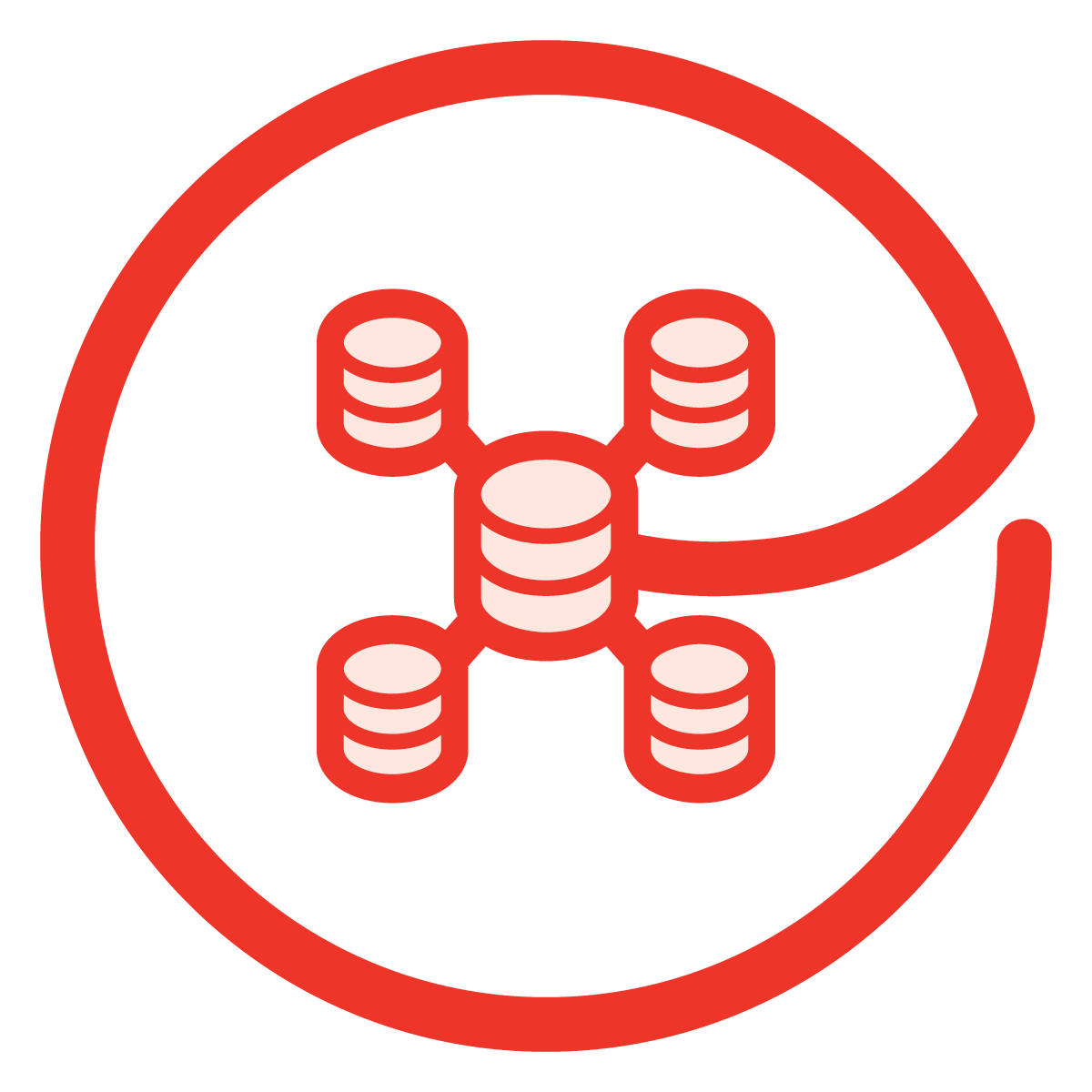OUR BUSINESS
Materiality Determination Process and Material Matters
3. Future Changing World – Innovation and Automation

Importance and Risks in Value Creation for SANBS
SANBS is advancing with a focus on innovation and automation to enhance patient outcomes and ensure the safety and well-being of donors. Our business processes increasingly rely on technology-driven systems, leveraging data for valuable insights. Embracing Artificial Intelligence (AI), Machine Learning (ML), and related innovations can transform our operating model, guided by high accreditation standards. The implementation of BECS and ERP Modernisation projects aim to leverage capabilities in AI, ML, mobility, digitalisation, and cloud adoption, ensuring strategic advancement.
This year was marked by significant accomplishments, including the successful implementation of the BECS project. Despite this milestone, post-implementation complexities and ongoing optimisation efforts remain.
Risks to value creation include SANBS' potential inability to respond to changing healthcare needs, failure to innovate and adopt advanced technology for efficient systems and processes, slow progress in adopting tech innovations, lack of data literacy and analytics skills, and uncertainties around cyber security, legislation, and risk exposures.
Opportunities and Strategic Response to Create Value
Outlook for the Year Ahead
Capitals Impacted





Strategic Priorities







Top Risks


Driving innovation through synergy and technology: from BECS stabilisation and automation to expanding cellular therapies, data literacy, and cloud strategies—building a resilient future anchored by strong governance and enhanced donor engagement.
4. Financial and Organisational Sustainability

Importance and Risks in Value Creation for SANBS
SANBS operates within a challenging economic environment characterised by poor growth, high unemployment, and constrained healthcare budgets, alongside increasing operational costs. As South Africa's largest provider of blood products and services, maintaining robust governance, leadership, business continuity, stakeholder management, and financial stability is paramount for long-term sustainability.
Key risks include difficulty in collecting outstanding debt, rising operational costs, potential disruptions in the supply chain, reputational risks, challenges in meeting blood product demand, public perceptions about costs, and internal inefficiencies. Addressing these risks effectively is critical for SANBS to fulfil its mission of providing essential blood products and services, ensuring financial stability, and maintaining stakeholder confidence.
Opportunities and Strategic Response to Create Value
SANBS has implemented appropriate strategy execution, planning, systems, and controls to ensure revenue generation and surplus creation for sustainability. Initiatives aimed at strengthening financial resilience include:
Outlook for the Year Ahead
Capitals Impacted





Strategic Priorities




Top Risks





